Effectively Communicating with Your Child
Communication is the key to building a connection with everyone around us. There are many ways to engage with one another, but communicating effectively and efficiently with another person can be one of the most complex aspects of building any relationship. Adding to the complexity of communicating with others is knowing that communication is so much more than just a transfer of information.
What we do while we speak often says more than our actual words.
For example, with non-verbal communication, we communicate by using our body language (such as facial expressions, eye contact, hand gestures, our posture, etc.) all without even speaking a word. And while there are many different ways to communicate (spoken language, non-verbally, visually, written, and typing), they all simultaneously still involve the need to listen in order to comprehend the expression of one’s thoughts and desires. If we cannot actively listen to the person who is trying to communicate with us, then we cannot effectively engage. Understanding exactly how you communicate by identifying different types of communication methods is the first step to communicating more effectively with anyone, including your child.
Individuals with autism encounter additional difficulties when expressing themselves as they may not always communicate in a traditional manner. At Communication Lab, we understand that communication is so much more than just the spoken word. Our Behavior Therapists work diligently to find the best outlet by narrowing down specifically how your child best communicates (spoken language, written communication, typing, AAC device, etc.) in order to help your child communicate more effectively.
There are many important factors that must be understood when determining what the most effective way for a person with autism is to express themselves. Most importantly, it is imperative that we recognize that autism is not a cognitive disorder. Through research and experience we know that individuals with autism have a great understanding of their environment and the people they know and love. This knowledge helps guide our therapeutic approach when identifying the specific type of communication that your child best utilizes.
When building a connection, it is important to understand that it is a process that incorporates concrete steps to encourage communication. Here are some helpful tips that can guide you as you strive to communicate more effectively with your child:
Modeling language and being a positive example when communicating: Individuals learn how to communicate through their interactions. That is why it is so important to talk and model language throughout your day. This can be done by making statements about your surroundings, pointing out positive behaviors, talking out loud and describing specific tasks you are doing, verbally describing what is happening in your environment, and discussing how one is feeling.
Do not force language, instead provide a safe environment for encouraging communication: Many individuals with autism can experience anxiety in different social situations. When asked to verbally speak certain phrases or words, anxiety can increase and likelihood of communication occurring can be diminished. That is why we continue to model language and provide positive opportunities to communicate without forcing.
Identifying the best time to communicate: In order to communicate with another person, they must be in a state where they are able to understand the words being spoken to them and be able to freely express themselves. This means we should attempt to communicate with another person when they are regulated. We should also ensure that the environment is free from stimulation as that could be overstimulating causing your child to not engage in communicating.
By taking these steps we can start to build the foundation to helping your child express themselves and begin to effectively communicate. If you would like to learn more about these building blocks please reach out to us at connect@communication-aba.com.

